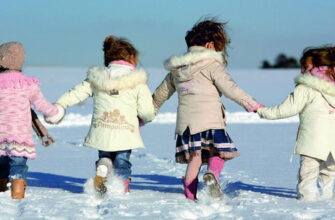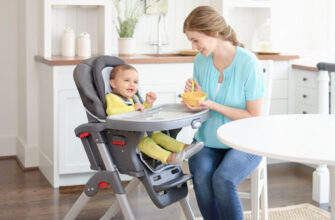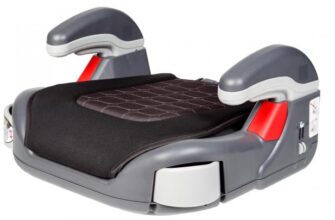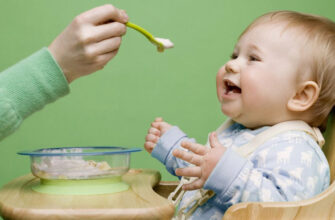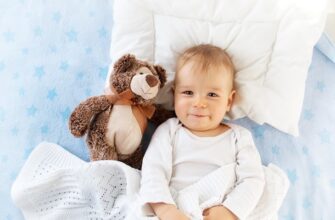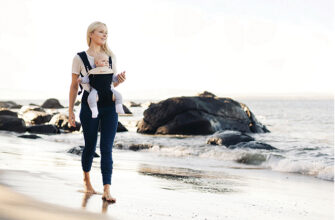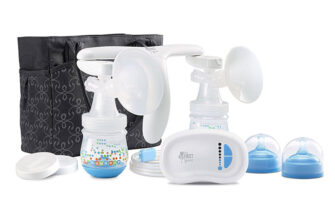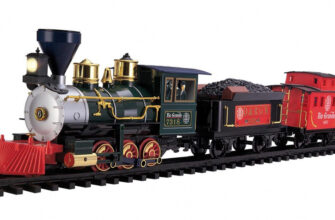Time flies by, and the baby, who recently did not even know how to hold his head, is already taking his first steps. The time has come to put on shoes for the baby, and the parents will have to choose shoes that will not only suit the baby, but also contribute to the correct formation of his foot and posture.
The best manufacturers of children's shoes
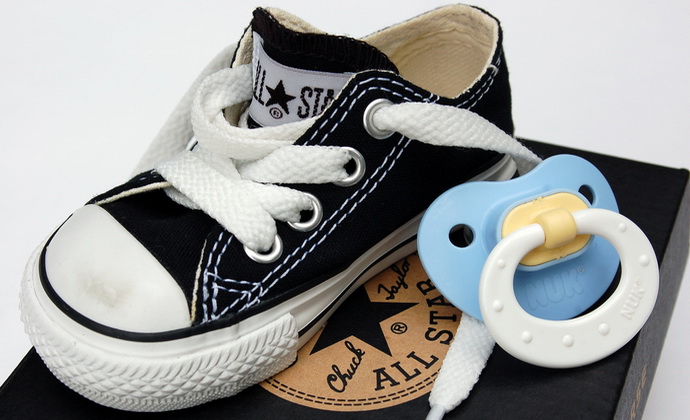
Choosing the first shoe is not an easy task for parents. After all, they need to find such products that are ideal for the size of the crumbs' feet, they will not press or rub anywhere. The task is complicated by the fact that the baby cannot explain whether he is comfortable or not wearing new shoes. Therefore, parents should understand the baby's feelings by how he reacts to a new thing, how he puts his legs, as well as by tailoring, quality and weight of the product.
The wrong choice of shoes can interfere with the formation of the correct curvature of the foot, lead to deformities of the ankle joint and contribute to the curvature of the spine. Therefore, it is so important to find shoes that meet state quality standards and are made taking into account the anatomical features of the baby's legs.
The best first shoe manufacturers are:
-
Ecco;
-
Skorokhod;
-
Flamingo;
-
ShagoVita;
-
Viking;
-
Minimen;
-
Kuoma;
-
Antilopa;
-
Kotofey.
What parameters to pay attention to when buying

Material
Shoes for the first steps should be made from natural fabrics. In the production of the top of summer and demi-season models for children over a year old, the use of synthetic and artificial materials is allowed, but with the obligatory presence of a lining and insoles made of natural fabrics.
The lining and insole of shoes for babies under 7 years old must be made from natural materials. In extreme cases, a content of no more than 20% of chemical fibers is allowed.
It is best to choose products made from genuine leather. Such shoes will adjust to the shape of the child's foot, allow air to pass through, allowing the skin to breathe, and protect the foot from temperature extremes. Genuine leather is a great option for any season.
Nubuck shoes are a good choice. Natural nubuck is a durable and breathable material that retains heat well in the cold season and prevents excessive perspiration. But it requires special care. Nubuck shoes must be cleaned with a special brush and treated with moisture-repellent agents.
For the warm season, you can choose sandals made of thick textiles. Fabric models are lightweight, allow the skin to 'breathe', but they are not durable and do not always fix the leg well.
Weight
Children's shoes should be lightweight. Wearing heavy shoes worsens the microclimate in which the foot is located and leads to increased perspiration. Moreover, due to the use of such models, the baby will quickly get tired.
Backdrop
The heel of children's shoes must be solid and solid. This is necessary for good fixation of the leg, protection of the ankle joint from deformations, correct distribution of the load on the foot and the formation of correct posture. The hardness of the backdrop can be checked by pushing it down. If, when pressed, it forms a notch, then it is too soft.
The inside of the heel counter should be covered with soft materials and not have rough seams that can scratch the baby's delicate skin.
Heel
In shoes for the first steps, it is desirable to have a small heel (0.5-1 cm). It reduces the risk of the baby falling backwards and promotes the formation of a normal arch of the foot.
Leg fixation
The baby's leg must be securely fixed. It should neither slip on the insole, nor fall out of the shoe. Therefore, shoes with sturdy and adjustable fasteners should be used.
Toe
The toe of the shoe should be wide, rounded and closed. This will reduce the likelihood of the baby falling, prevent the toes from falling out of the shoe and protect him from injury. At the same time, your fingers should feel free.
Sole
It is best to choose models with flexible and grooved (with grooves of various shapes) soles. Due to the grooves, the grip between the shoe and the surface improves, the stability while walking increases, and therefore the safety of the child.
Instep support
Many children's models have an instep support – a small protrusion on the insole. It is believed to help shape the arch of the foot and reduce the risk of flat feet. But in fact, it is not necessary to buy shoes with an instep support. For the prevention of flat feet, it is enough for the child to walk on uneven surfaces, 'forcing' the muscles and ligaments of the foot to work.
The size
Make sure the shoe fits your foot. Using tight models disrupts blood flow and results in ingrown nails. Too spacious shoes create a heavy load on the child's fragile legs and poorly fix the foot.
Make sure that there is a distance of 0.5–1 cm between the thumb and the inner surface of the product. Otherwise, while walking, the fingers will be pressed against the toe, making the baby uncomfortable.
Tips for choosing

-
It is not recommended to buy shoes for growth. In such shoes, the baby's foot will slide, and he will have to make a lot of effort to take the first steps. The baby will fall more often and calluses will begin to appear. In addition, in the presence of an instep support, there will be another danger – incorrect formation of the arch of the foot.
-
Remember that the baby's leg grows very quickly. During the season, it can grow by 1–1.5 sizes. Therefore, if you notice redness or scuffs on your skin, it's time to buy a new pair of shoes.
-
Do not buy models made of synthetic materials and leatherette. In such shoes, the baby's foot will sweat, overheat and just 'feel' badly. The best choice would be products made from natural materials. It is permissible to use artificial membrane insulation in winter models.
-
Make sure the inside of the shoe is free of hard seams or ridges that could chafe the baby's foot.
-
Remember, the younger the child, the thinner the sole should be.
-
In winter boots, the sole should be thicker than in demi-season and summer models.
!
In the following articles, our experts tell you how to choose the right clothes for newborns, the secrets of choosing high-quality shoes for a child and the rules for choosing winter shoes for a child.
Attention! This material is the subjective opinion of the authors of the project and is not a purchase guide.


